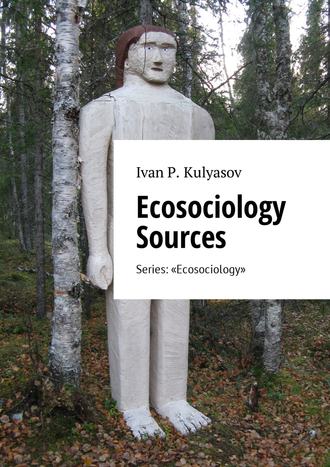Ecosociology Sources. Series: «Ecosociology»

Полная версия
Ecosociology Sources. Series: «Ecosociology»
Язык: Английский
Год издания: 2017
Добавлена:
Настройки чтения
Размер шрифта
Высота строк
Поля
Конец ознакомительного фрагмента
Купить и скачать всю книгу
